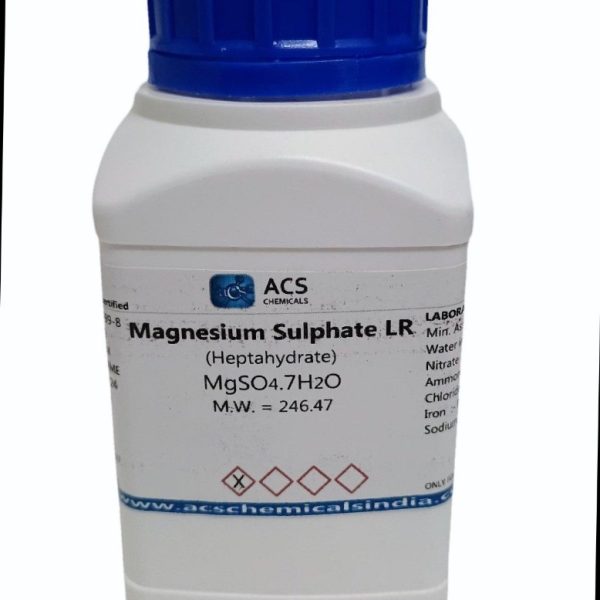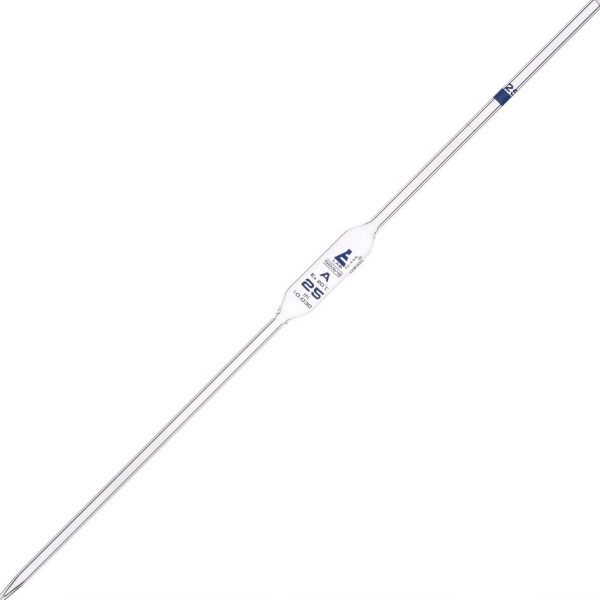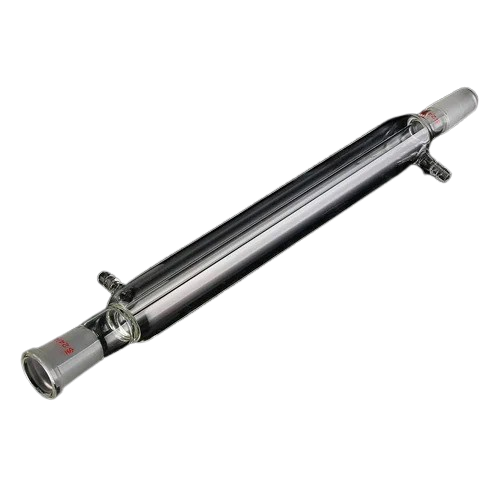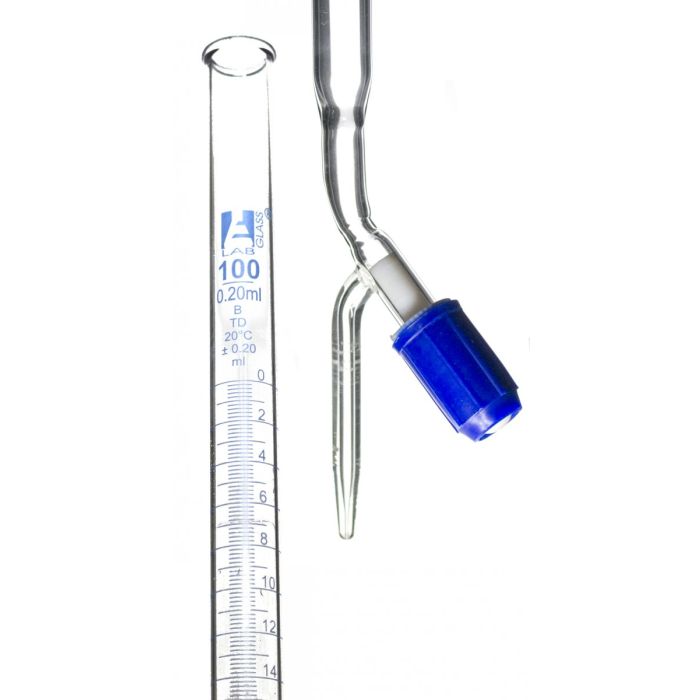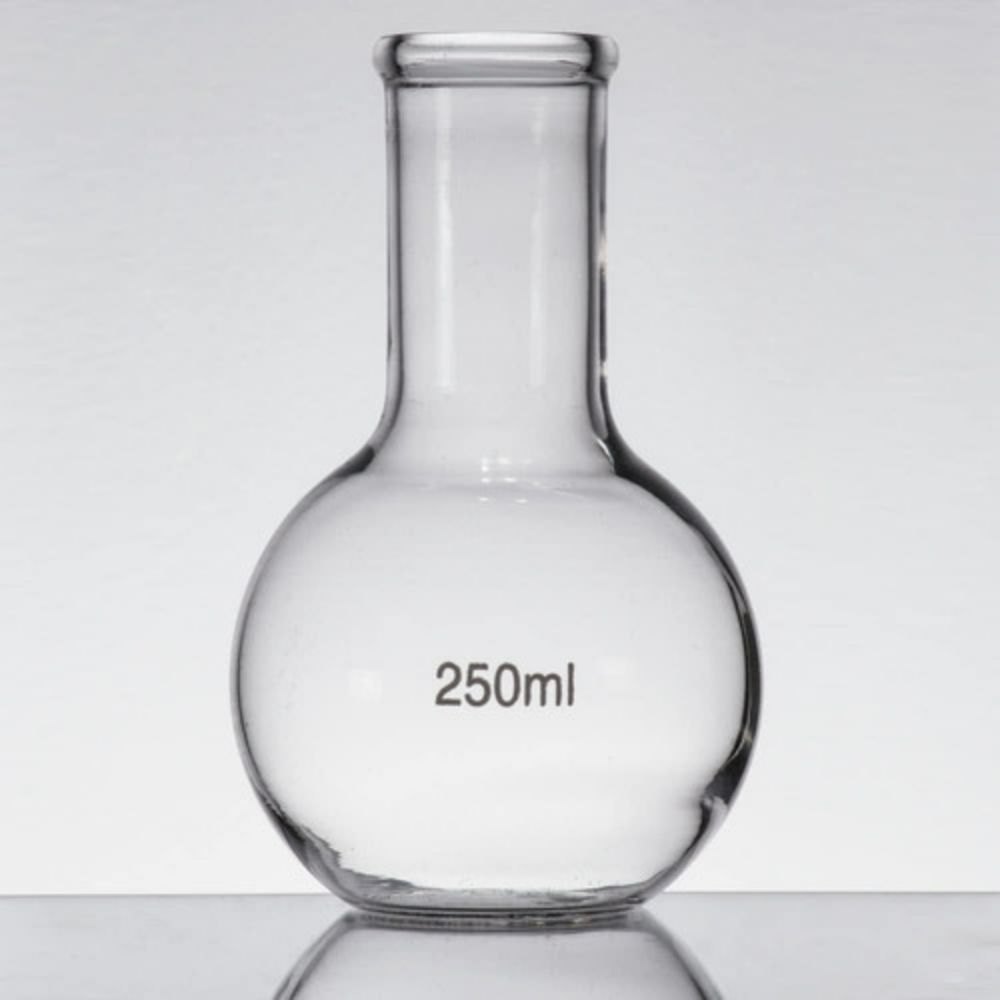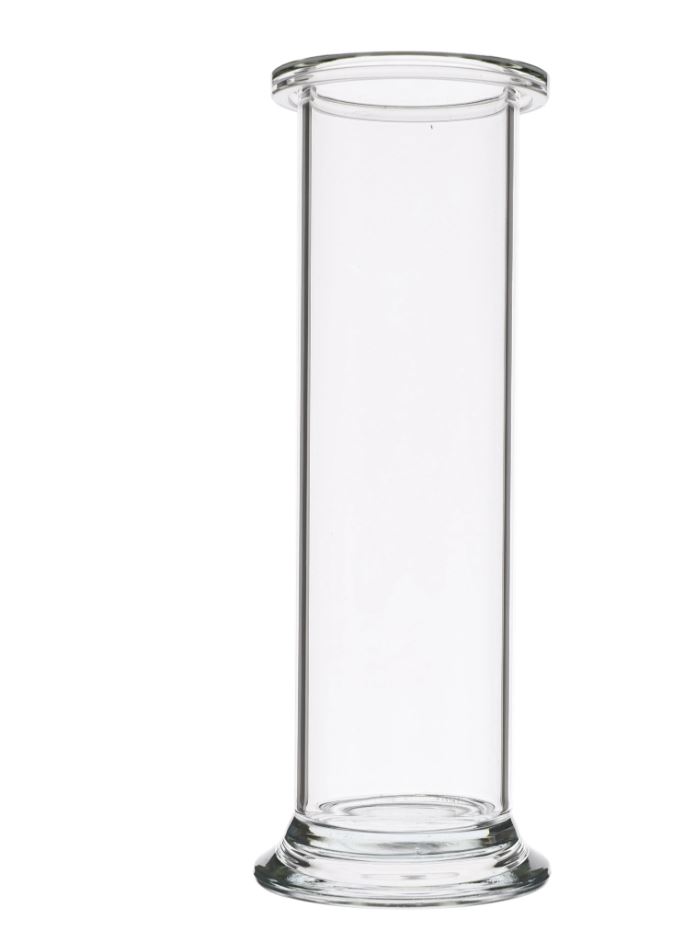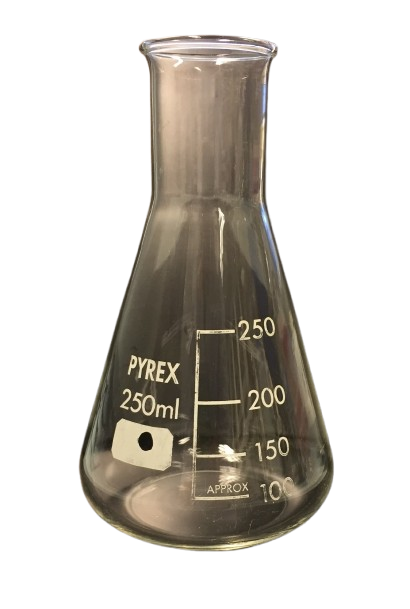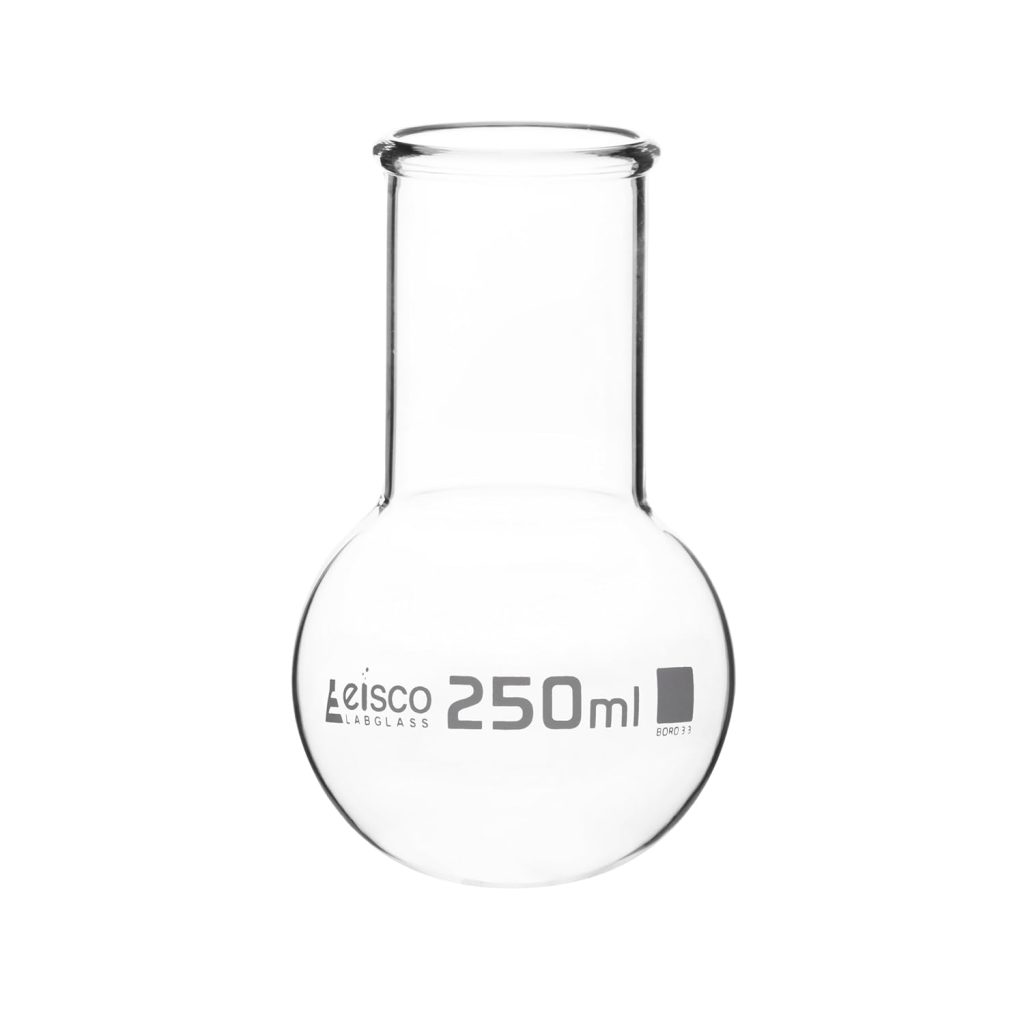Leibig Condenser
Description.
-
Structure: A Liebig condenser consists of two concentric tubes:
-
Inner Tube: This is the narrow tube through which the vapor flows. The vapor is cooled as it passes through the inner tube.
-
Outer Jacket: The inner tube is surrounded by a larger outer jacket that allows cold water or another coolant to flow around the inner tube. This cooling process causes the vapor inside the inner tube to condense back into a liquid.
-
-
Inlet and Outlet: The outer jacket has two ports—one for the coolant inlet and one for the coolant outlet. Water is usually circulated through the outer jacket to cool the vapor. The coolant absorbs heat from the inner tube and prevents the vapor from escaping.
Function:
-
Condensation: The main function of the Liebig condenser is to cool vapor into a liquid during distillation processes. As the hot vapor travels through the inner tube, it cools down due to the colder temperature of the water in the outer jacket.
-
Collection of Liquid: The condensed liquid is then collected at the bottom of the condenser, usually into a receiving flask or container.
How It Works:
-
Vapor enters the inner tube of the condenser, which is typically heated from a distillation flask.
-
Cold water is passed through the outer jacket (flowing in the opposite direction to the vapor).
-
Heat transfer occurs between the vapor inside the inner tube and the cooling water in the outer jacket. This causes the vapor to cool and condense.
-
The condensed liquid is collected in a container at the bottom.
Common Uses:
-
Distillation: The Liebig condenser is most commonly used in simple distillation, where a liquid is heated to produce vapor, and the vapor is then condensed into a liquid form. It’s widely used in chemical laboratories, alcohol distillation, and essential oil extraction.
-
Cooling: It can also be used to cool other types of gases or vapors in chemical processes that require controlled cooling.
Key Features:
-
Efficient Cooling: The condenser provides efficient cooling because of its dual-tube design, allowing the vapor to be exposed to a large surface area for heat transfer.
-
Simplicity: The design is relatively simple and easy to set up, making it a standard piece of equipment in many labs.
-
Versatility: It can handle a variety of solvents and vapors, depending on the materials used for the inner and outer tubes (e.g., glass for non-corrosive substances or more specialized materials for aggressive chemicals).


